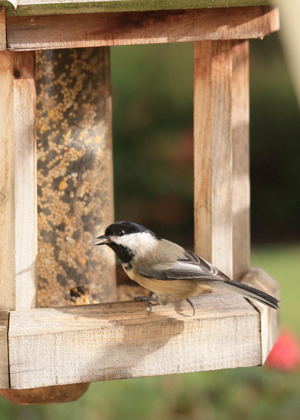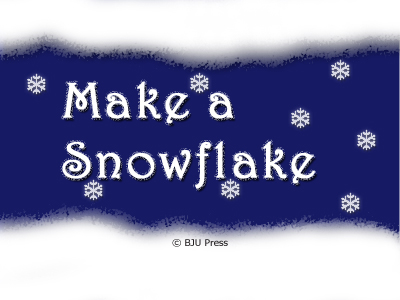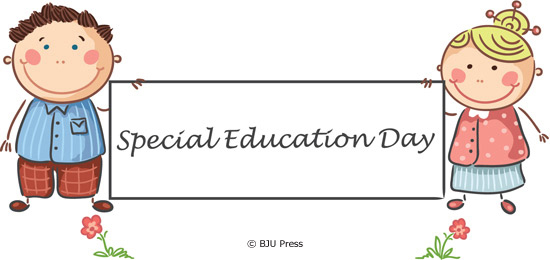What changes do you see outside in the winter? Cooler temperatures, snow and ice covering the ground, fewer hours of daylight, and plants and trees losing their leaves are all familiar aspects of winter for those of us in the northern hemisphere.
But how do animals handle the wintery changes? Some migrate, others hibernate, but many stay active where they have been all summer. Food sources are more limited in the winter than in the summer, however, and that’s why bird feeders can be so important in the winter.

People of all ages can enjoy watching birds at their feeder. In fact, a feeder can also be the stage for a variety of science experiments, so it’s a great option for an indoor science experiment for your class.
First, identify and make a list of the birds you commonly see around. Your students can share the birds they see at home or elsewhere. Definitely take note of the birds around your school though, so that you know what to expect when your students put up their bird feeders.
Second, put your students in groups. You won’t want to have one bird feeder per student hanging around your school building. So choose the most manageable number and put students in that number of groups.
Then guide the groups in choosing the foods they want to test. Hardware stores usually have some seed varieties individually packaged. You may want to limit the experiment to seeds or include other foods such as suet and fruits. Each group should choose one type of food to test.
You will also need to make or purchase identical feeders. You can make a simple feeder with a plastic container and string. Punch holes in the bottom of the container for drainage. Then punch three evenly-spaced holes around the rim. Cut three pieces of string about eighteen inches long and tie each at one of the holes. Tie the loose ends of the string together. Use this loop to hang the feeder.
Next, help your students choose locations to hang the feeders. (Make sure that all the feeders are hung at the same height.) If possible, set up one or more webcams to observe the birds. You and your students should plan a schedule for measuring and adding food to the feeders and making observations. Use a spreadsheet or some other worksheet or tool for your students to record their observations. They should include photos and sketches with their observations if possible. At the end of the experiment, guide a discussion drawing conclusions from the results.
• • • • •
Peggy has worked for BJU Press since 1999. Debra has worked for BJU Press since 1986. Both are currently elementary science writers.
Have you done an experiment like this with your class already? What other experiments do you like to do in the winter?

